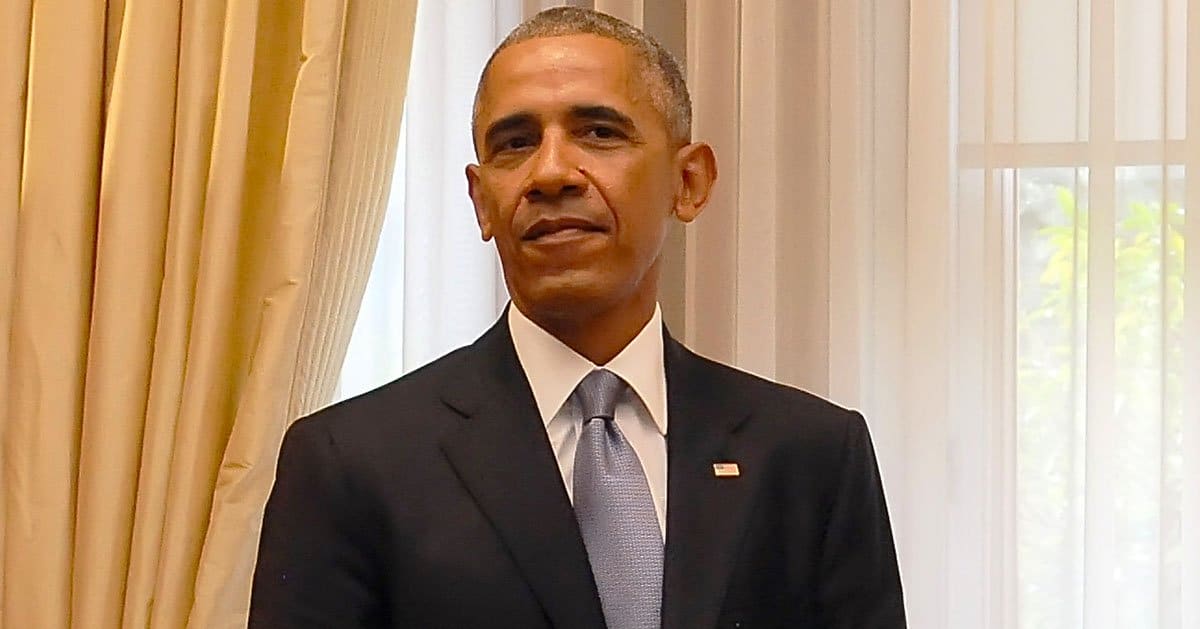





In a heart-wrenching accident in Mali's Kayes region, forty-three individuals lost their lives when a small-scale gold mine caved in near the town of Kenieba.
Global Data reported that the incident, which primarily affected women scavenging for gold remnants, sheds light on the perilous nature of artisanal mining in West Africa.
Mali's informal gold mining sector is a response to increasing global metal demands and rising prices, but it often involves perilous and unauthorized practices, leading to frequent fatalities.
The location of the collapse, between Kenieba and Dabia, was confirmed by both Taoule Camara, representing UCROM, and a Mines Ministry spokesperson, who noted that a detailed report on the incident is forthcoming.
This recent tragedy in Mali follows another fatal event just a month earlier, when thirteen miners perished due to tunnel flooding in the southwest of the country. Such incidents are all too common in regions where artisanal mining serves as a critical, albeit risky, livelihood for many citizens. These adverse conditions highlight the dangers miners face daily in their quest for valuable metals.
Artisanal mining efforts have surged as communities attempt to capitalize on escalating global demand for metals. Unfortunately, this increase has not been matched by a corresponding enhancement in safety standards, leaving miners vulnerable to accidents like the recent collapse in Kayes. The lack of regulation remains a significant challenge in safeguarding miners' lives and well-being.
The Malian government has recognized this problem and introduced updated mining legislation in August 2023. The reforms grant the state a direct 10% stake, with the option for an additional 20% share, in mining projects. This strategic move aims to enhance government oversight and promote safer mining practices across the nation.
However, ensuring compliance with these regulations remains a formidable task. Many artisanal mining operations operate in remote areas, often eluding the reach of the government's enforcement capabilities. Thus, while legislation marks a positive step, it alone cannot guarantee improved safety for miners.
The newly established mining code also increases the royalty taxes from approximately 6% to 10.5%. Moreover, it stipulates that a 35% share of all new projects must be sold to Malian investors, a significant increase from the previous 20%.
These measures are designed to generate more revenue for Mali, which could then be reinvested into ensuring the safety and sustainability of the mining sector.
Mining companies in the region are grappling with the implications of these legislative changes. Executives from major gold mining firms have acknowledged the necessity of adjusting their operations and strategies. They seek to maintain the region's allure for investors while abiding by the new rules aimed at enhancing safety and economic benefits for the local population.
Despite these legal strides, the recent tragedies call for an urgent reassessment of how such legislation can be effectively implemented on the ground. The government, alongside industry stakeholders, must prioritize robust enforcement mechanisms and initiate educational campaigns on safe mining practices.
While the legislative updates represent progress, the balance between economic benefits and miners' safety remains delicate.
Efforts to improve conditions and address safety concerns must continue to evolve. Increased engagement with local communities and investing in safety education could provide vital steps toward preventing future tragedies.
In this challenging landscape, Kodal Minerals, a UK-based firm, recently marked an achievement by producing its first batch of Li₂O spodumene concentrate at the Bougouni Lithium Project. This development showcases the potential for safer, more sustainable mining practices through modern technology and innovation.
The presence of international companies like Kodal Minerals in Mali suggests a path forward, where innovation and modernization can play a pivotal role in enhancing safety standards. However, for significant change, these improvements must translate into practical benefits for the artisanal miners who continue to risk their lives in pursuit of precious metals.
As Mali continues to navigate the complexities of its mining sector, the human cost remains a poignant reminder of the urgent need to prioritize miners' safety. Each life lost in these dangerous conditions represents a call to action for more effective oversight and reform.



